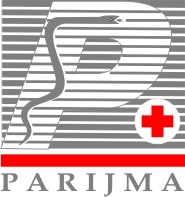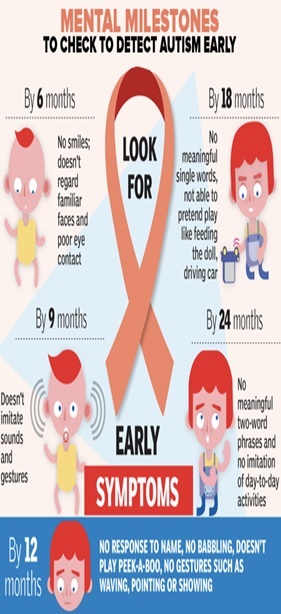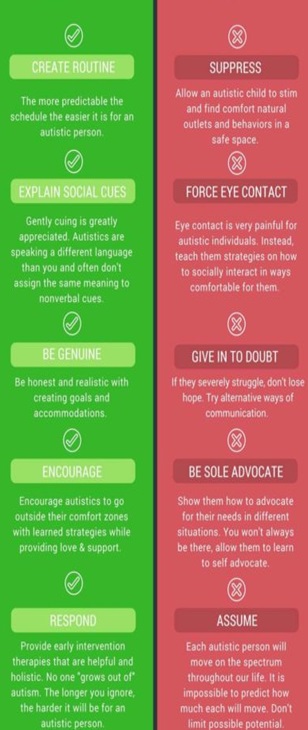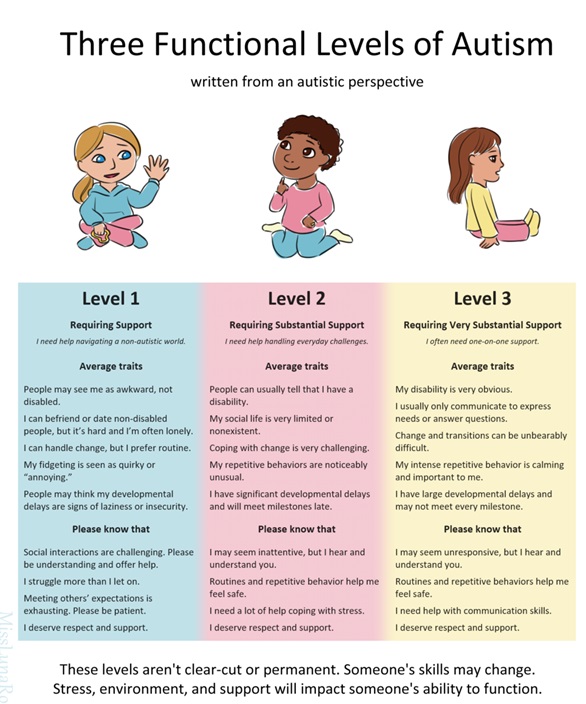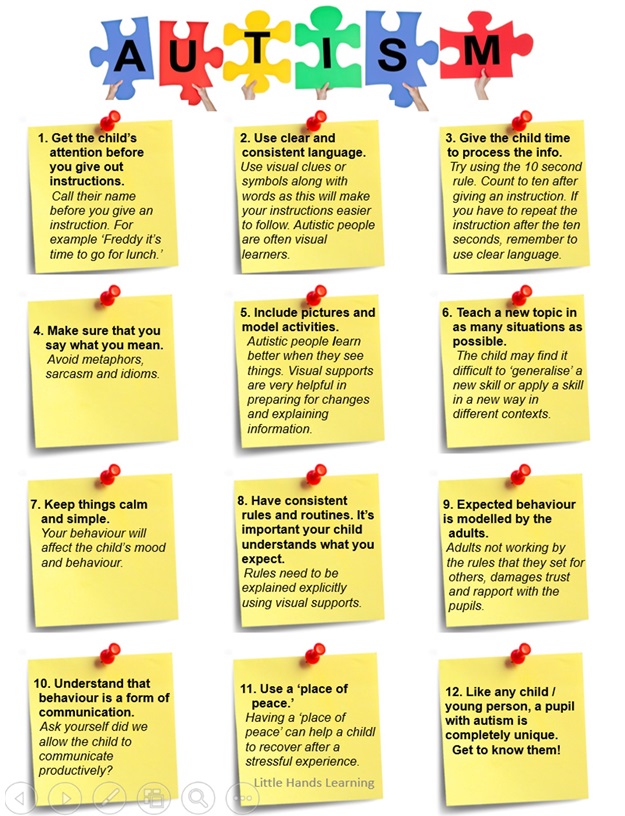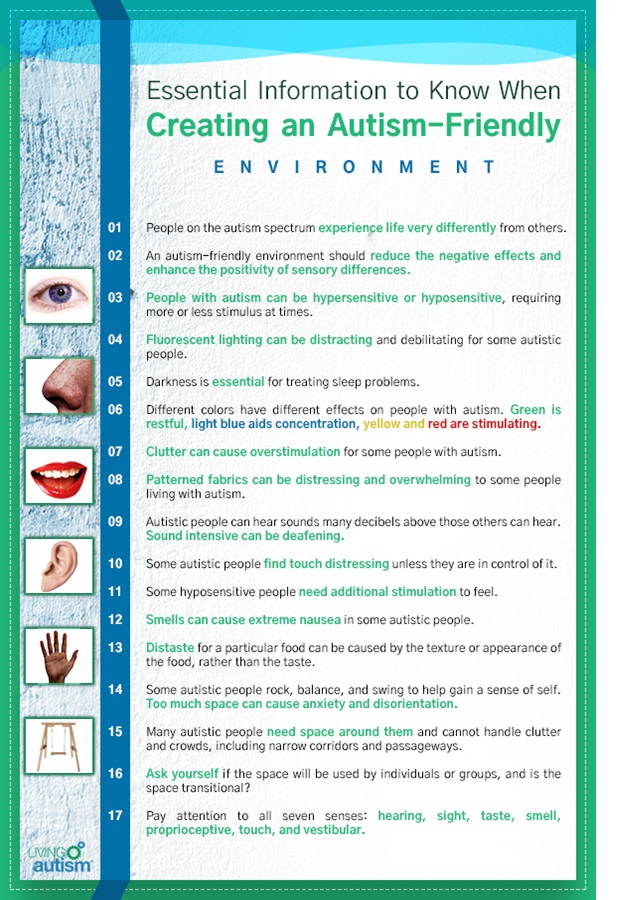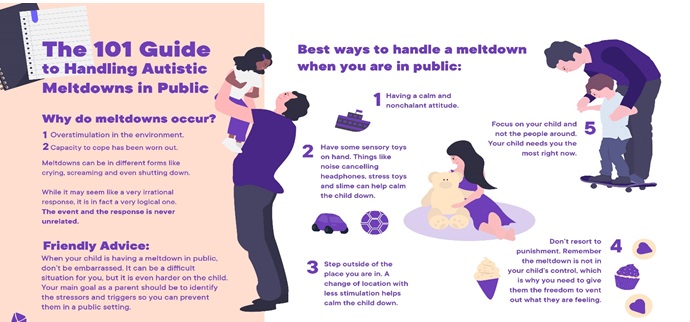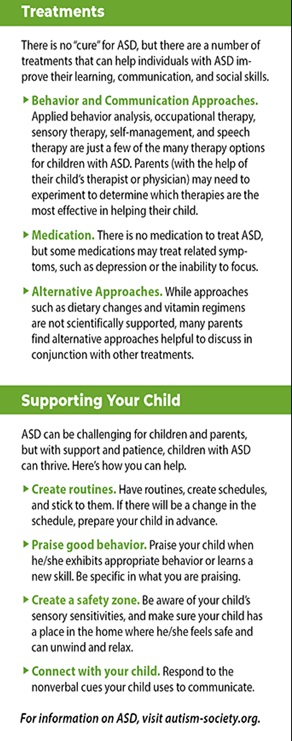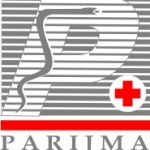AUTISM
Autism is a neuro-developmental disorder. There are 2 types clinically –
Common features of Autism –
Primary Autism :
Here the autistic features develop between 1-2 years of age in an otherwise normally developed child.
Secondary Autism :
Here the autistic features develop mainly due to pre-existing brain damage or poor brain development.
Main clinical features :
- Speech delay or speech regression.
- Poor eye contact.
- Poor social skills
- Poor response to name call & to command.
- Poor sitting tolerance.
These are the most common symptoms & most children have at least 2, or all of the above symptoms. Few other symptoms are shown in the graph in the next column
How common is it ?
The present yearly incidence rate is around 1 in 59 children. However in the last 5-6 years, the incidence rate has gone up tremendously, as seen in the graph below –
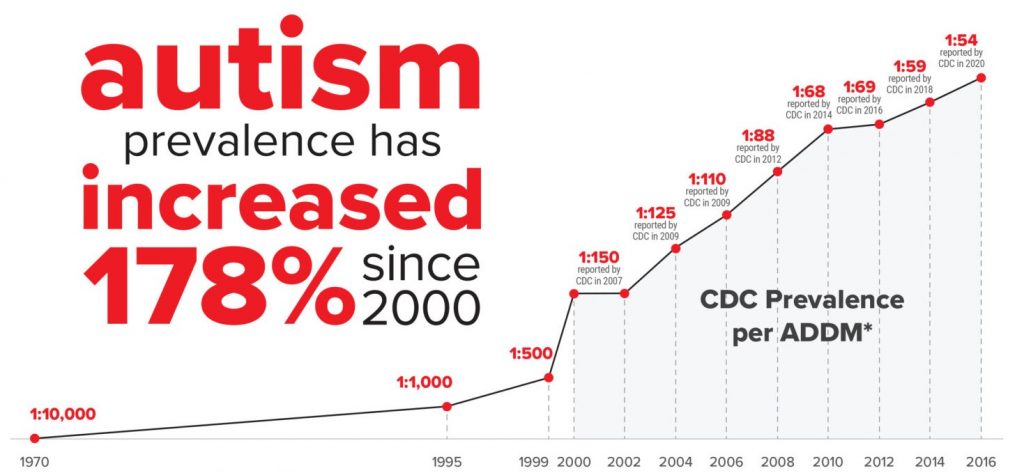
What are the causes for autism ?
We, as yet, do not fully understand what causes autism. But these are the known potential causes –
- Genetics.
- Environmental factors.
- Dietary / Gut dysbiosis theory.
Genetics :
More than 100 genes have been identified in children with autism. More are being identified monthly.
Environmental factors :
This is not fully understood, but some of the factors are maternal stress during pregnancy or birth related complications, inadvertent under-stimulation or less interaction with the child during his developing years due to family or parental issues. Maternal exposure to heavy metal like mercury, lead etc. during pregnancy is a possibility.
Dietary / gut dysbiosis theory :
Also called Leaky gut theory. It is known that the gastro-intestinal system has various good bacteria known as microbiomes that are needed for proper absorption of various nutrients. This is one of the factors for a proper brain development.
Early signs of Autism
PUT THE MENTAL MILESTONES CHART HERE
The leaky gut theory states that due to various reasons (one of them being maternal high fat diet during pregnancy), the micro- biome level in the newborn gets altered. Due to this, there is a loss of adequate nutrient re-absorption leading to autism.In the end, there is no one single cause for autism. The cause is likely due to a genetically susceptible child (child with a small genetic mutation) getting further affected by any of the above or other causes leading to autism.
What are the do’s & don’t’s in Autism ?
How is Autism diagnosed ?
All children with the previously mentioned clinical features suggestive of Autism spectrum disorder, need to be evaluated by a clinical child psychologist.
A screening test known as Psychometry is done. This is done with the parents and the child in person or online. This will tell us the overall mental development of the child & his/her autism score & the score for hyperactivity.
Based on this, the score is classified as mild, moderate or high risk for Autism spectrum disorder.
Most of the children who fall on the mild category do very well with intensive and appropriate early intervention therapy over time. The children on the other set of scores also do well with the therapy, but it depends from child to child & the facilities available.
What are the treatments for Autism ?
There is no single treatment for Autism. It is a combination of –
1.Early intervention therapy. 2.Medications 3.Supplements & diets
Early intervention therapy :
Infant stimulation :
Here, the child psychologist (trained in infant stimulation techniques separately) will have 1 on 1 sessions with the child.
Starting from the basics, the child is taken through many levels of activities with different developmental tools and toys to improve their sitting tolerance, eye contact and overall comprehension and response.
This therapy is done only at Parijma Medical Centers & is Usually done for children with a mental age < 2-3 years.
Occupational therapy :
This forms the backbone of the fight against Autism spectrum disorder. This is usually the next level of therapy after infant stimulation. It can also be done as the first line of therapy in children who have been diagnosed with ASD at a later age. Occupational therapy involves a lot of physical, mental & sensory skills improving activities using a variety of toys & other equipment.
This is done to improve the child’s core strength, response & comprehension, sitting tolerance & sensory skills related improvement.
Speech therapy :
Now, once the child has improved with the above mentioned therapies & has attained a basic to decent level of eye contact, response & comprehension, we then move onto speech therapy.
Here, the speech therapist will do an initial evaluation. Here the child’s speech status and difficulties are determined. A customised speech therapy plan is then started.
Speech therapy uses a lot of verbal, non verbal, images, flash cards & picture books among others to get the best out of the child with regard to speech and communication.
Other forms of therapy –
ABA therapy :
Applied behaviour analysis. This is a form of behaviour therapy that focusses on positive re-inforcement.and a system of rewards for the right behaviour or activity.
Music therapy :
This works on the premise that most, if not all children with ASD enjoy and respond well to Light music or classical music.
The therapist trained in this uses soothing music to take the child through a range of movements and activities. This has also shown to have a calming influence on children with ASD.
Remedial & behaviour therapy :
This is one of the last levels of therapy for children with ASD. This is usually started when the child has attained a good level of response, eye contact, comprehension with or without fair vocal skills.
This therapy is mainly to iron out residual behaviour issues and start off the child on his/her reading and writing skills. In effect, this is to prepare the child for a classroom setting
Group therapy :
Group therapy is done as a part of any of the above mentioned therapies. It can also be done separately if social skills improvement is the main need of the child.
What has been seen in most children with ASD is that no matter how much a child with ASD improves, 2 features usually are always seen – residual mild to moderate impulsivity and poor social skills. Group therapy is done to improve these features.
Hippotherapy :
This is a form of therapy using horses. This is more of a physical form of therapy where the Child is put in the saddle on the horse along with the therapist and the horse is taken on a slow trot. This therapy proposes that these movements will help stimulate the child’s posture and body balance & also to improve the core strength.
Medications for Autism :
Medications are mainly given for behavioural issues & poor sitting tolerance. It is also given for sleep issues. Some of these drugs are –
Methylphenidate :
This is a class of drug known as a central nervous system stimulant. It blocks the re- uptake of certain hormones like norepinephrine and dopamine & thus increases their availability in brain These hormones help in calming down the child.
Atomoxetine
IMPRESSC therapy :
This is a unique therapy developed and done only at Parijma Medical Centers, Bengaluru. This is done with children with ASD who have improved with therapy to a basic level of skills set. This is form of group therapy where children are formed into groups.
where each child has near similar skills and functionality These children are then taken through carefully designed cooperative & competitive games and activities to bring out the best in each one. This cooperative and competitive spirit among the children ensures their rapid and consistent improvement
It belongs to a class of drug known as Selective serotonin reuptake inhibitors. It works in the It works in the same way as that of methylphenidate.
Risperidone :
It is an atypical antipsychotic. It has multiple actions, one of them being the blockage of certain receptors in the body which causes a reduction in the irritability in the child.
Clonidine :
It belongs to a class of drugs known as selectiveAlpha 2 agonists. This means that this drug increases the activity of alpha 2 receptors in the brain. This causes a mild sedative action on the child, thus causing him to calm down
Supplements & diet for autism :
L Carnosine :
It is a naturally occurring amino acid presentIn muscle and brain. It works as an anti-oxidant & helps in reducing neuro-degeneration & improving neuroprotection.
Omega 3 fatty acids :
Theseare essential fatty acids, found mainly in marine and meat products & flax seeds. They also work as anti-oxidants & neuro-protective agents. They also improve retinal functioning in infants & in improving brain functioning.
Piraceta :
It is a synthetically derived drug belonging to The racetam group of drugs. It is derived from a brain neuro transmitter. It works by directly acting on the brain and improves it’s functioning. It also acts as a neuroprotective agent.
Methylcobalamin :
This is a direct derivative of vitamin B12. Vitamin B12 is needed for the metabolism of every cell in the body. It also helps in the normal functioning of the nervous system and ensures brain stability & adequate functioning.
1.Improves functional folate deficiency
Folate is an important part of brain development. Studies have shown that many kids with autism have low folate levels – cerebral folate deficiency. Cassein is known to block folate receptors in the brain and gluten is known to cause less absorption of folate. So, many studies suggest elimination of gluten and casein from the diet.
2.Gluten contains Zonulin
This is a protein, which has shown to cause leaky gut or gut dysbiosis in children in many studies. This leaflet has previously already spoken about gut dysbiosis and autism relation.
3.Opioid receptor binding.
Both casein & gluten bind to opioid Receptors in the brain. This causes a “foggy” or dull feeling & a high pain threshold. Some parents have remarked that this foggy feeling is lifted off once the child is on GFCF diet.
Food allergies :
A lot of children are allergic to various food substances, most common among them being Cassein and Gluten. In such children, these 2 products trigger an allergic reaction in the gut which contributes to the gut dysbiosis or leaky gut, as described in detail in the previous pages of this leaflet.
Gluten free Cassein free diet :
This is also called GFCF diet.This diet is basically elimination of gluten (wheat, barley & Rye) and casein (dairy products) from the child’s diet. Though, not completely proven, these are some of the benefits of this diet
Increase in Glutamate :
Glutamate is a neurotransmitter in the brain which causes a sense of excitement and euphoria. Cassein & gluten contain 25% glutamic acid. When this is broken down, it leads to formation of free glutamate.
The supplements and the diet mentioned here in this leaflet are not “magic” things which will help all children a partial or good benefit in many children with autism. As the products mentioned in this section of “supplements & diet” are relatively safe, they can be tried by parents (but only on The advice of the doctor).
